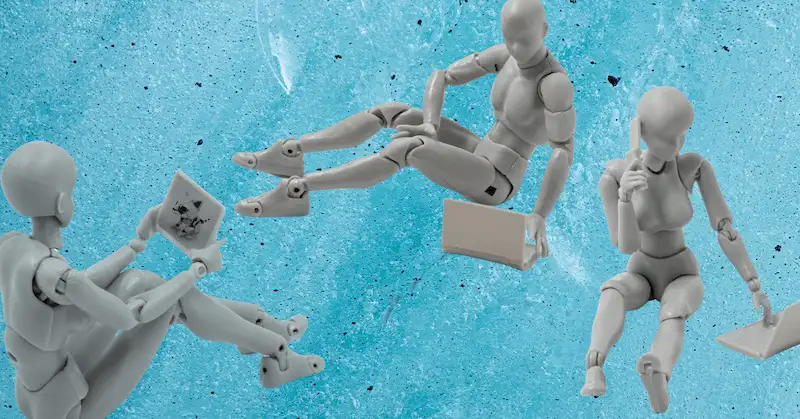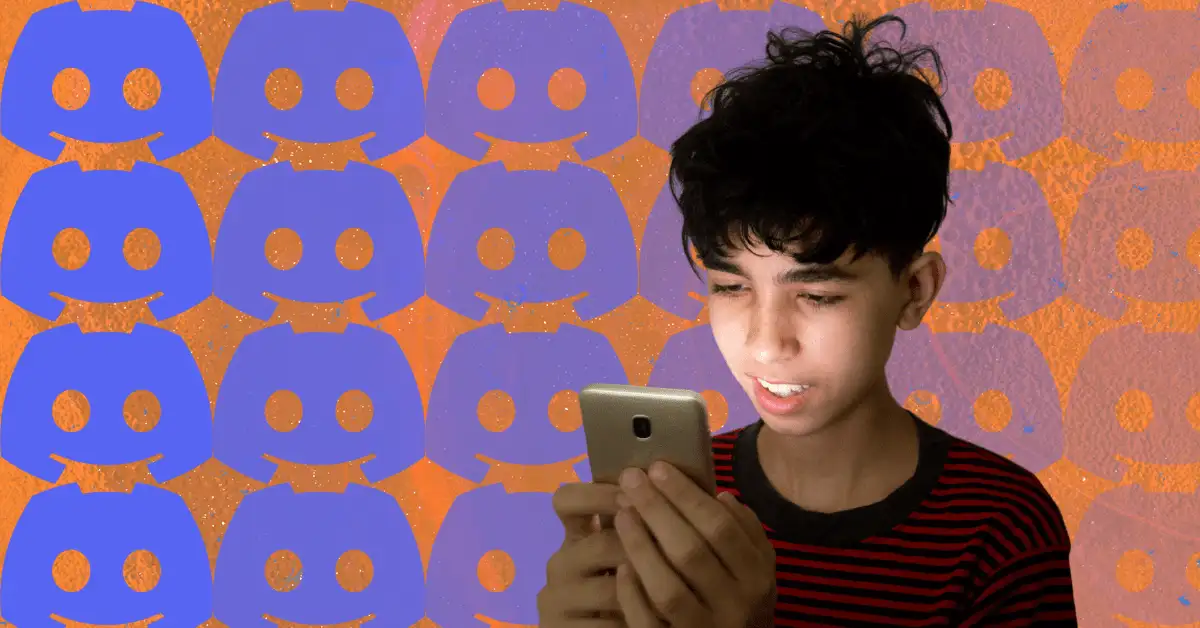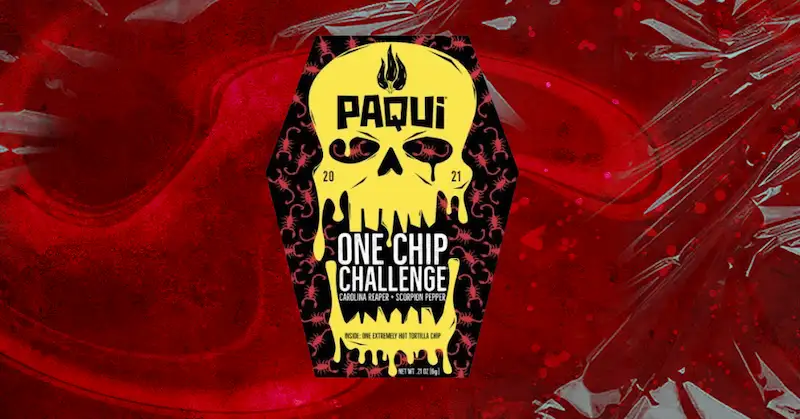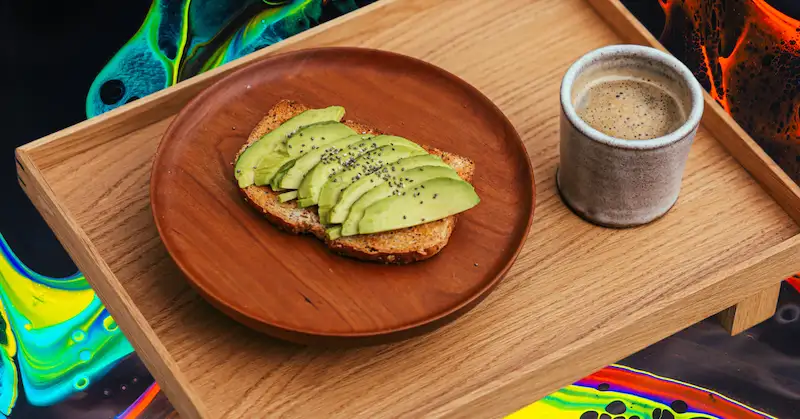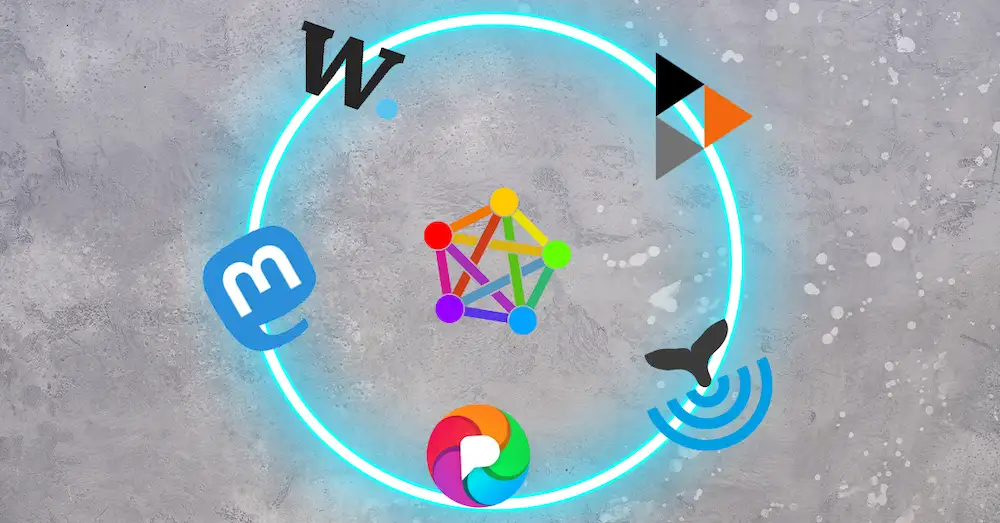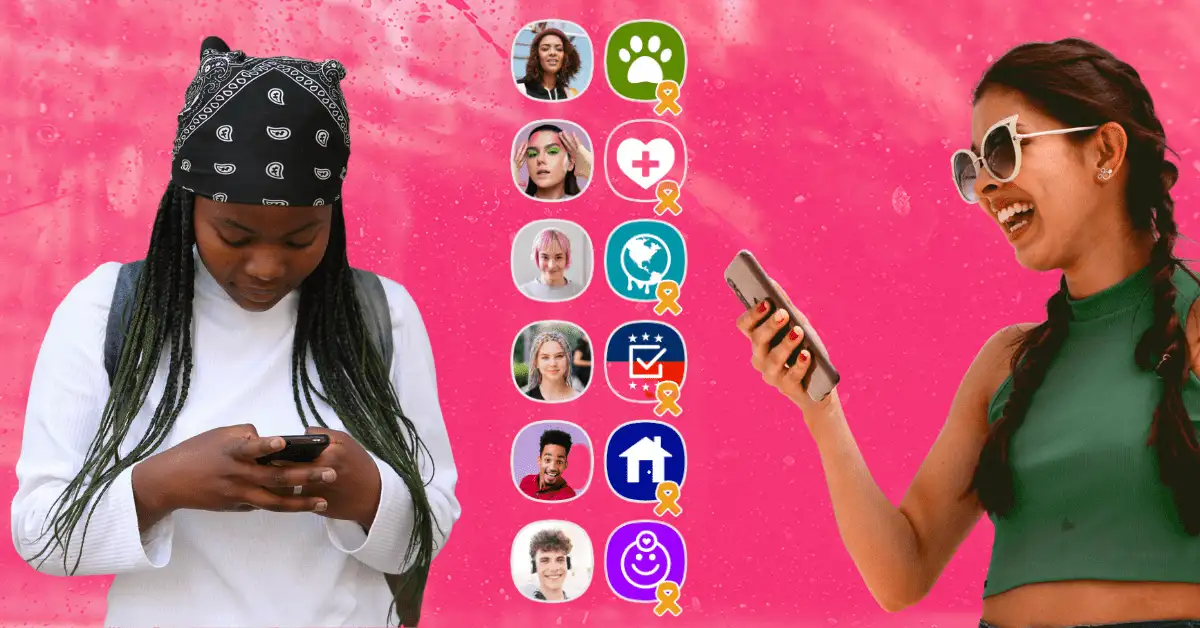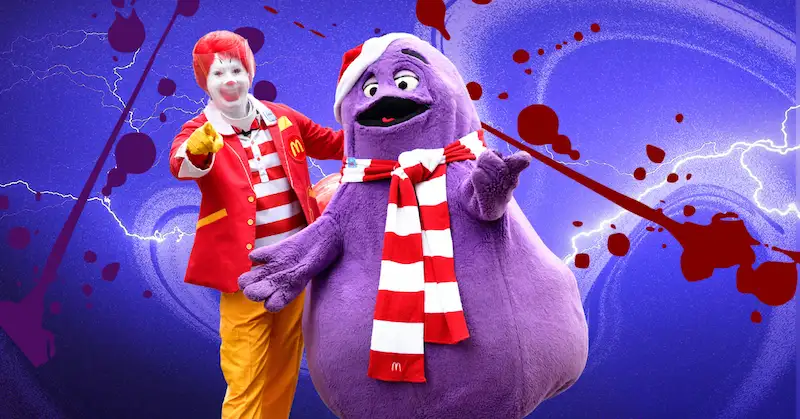Given TikTok’s massive success, other platforms — e.g., Amazon, Spotify, Instagram, and YouTube — have responded by repeatedly attempting to copy the short-form video app.
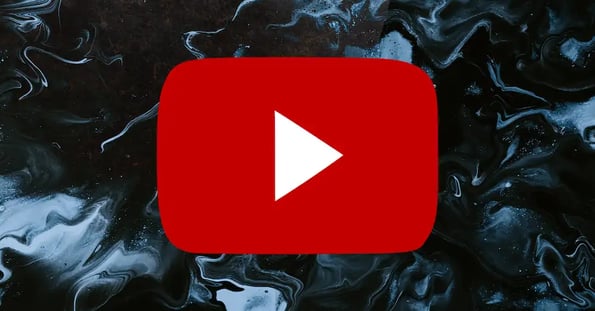
But is it even a good strategy? At YouTube, some senior staffers reportedly have their doubts.
Why’s that?
YouTube’s answer to TikTok is Shorts: videos up to 60 seconds long that users can create and upload with their phones, replete with in-app editing tools.
Since launching in 2021, Shorts has gained 2B+ users, but some insiders worry that it’s come at the expense of YouTube’s long-form content, per The Financial Times.
Longer videos are more lucrative for YouTube as they:
- Have more room for more ads
- Receive higher click-through rates
Meanwhile, creators — who receive 45% of net revenue for Shorts compared to 55% for longer videos — may not care because they’re quicker and easier to make, and brands both like and are willing to pay for them.
Does YouTube have a choice?
Maybe not if it wants to keep up with consumer tastes, especially those of Gen Z and millennial users. But it might not be all bad.
After three consecutive quarters of declining ad revenue, sales rose 4.4% to $7.7B in Q2.
And as 9to5Google points out, YouTube has more than just long-form video and Shorts, diversifying its podcast, music, and TV offerings (e.g., YouTube TV’s NFL Sunday Ticket).
Shorts…
… as easy as they are to watch, may also serve as a gateway to other content, per McKinsey & Co.
- TikTok’s #BookTok, which touts 174B+ views, helped sell 20m additional books in 2021, implying that users’ attention spans are just fine when it’s something they’re genuinely interested in.
- Fifty-nine percent of Gen Z users use short-form video to find content they want to explore via long-form video.
A video that Shorts can never replace: This 10-hour crab rave.


